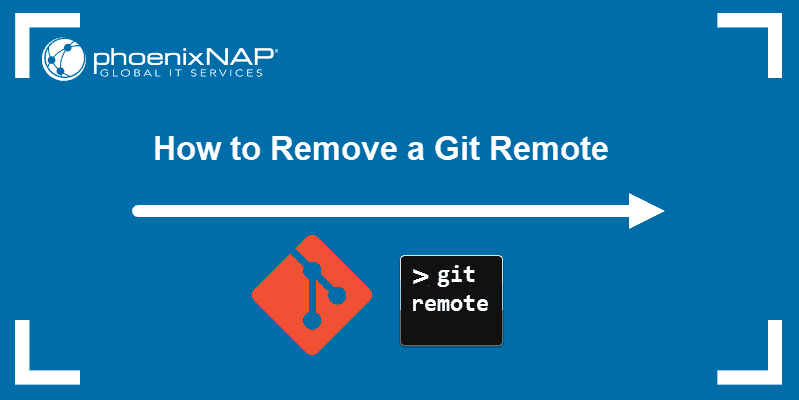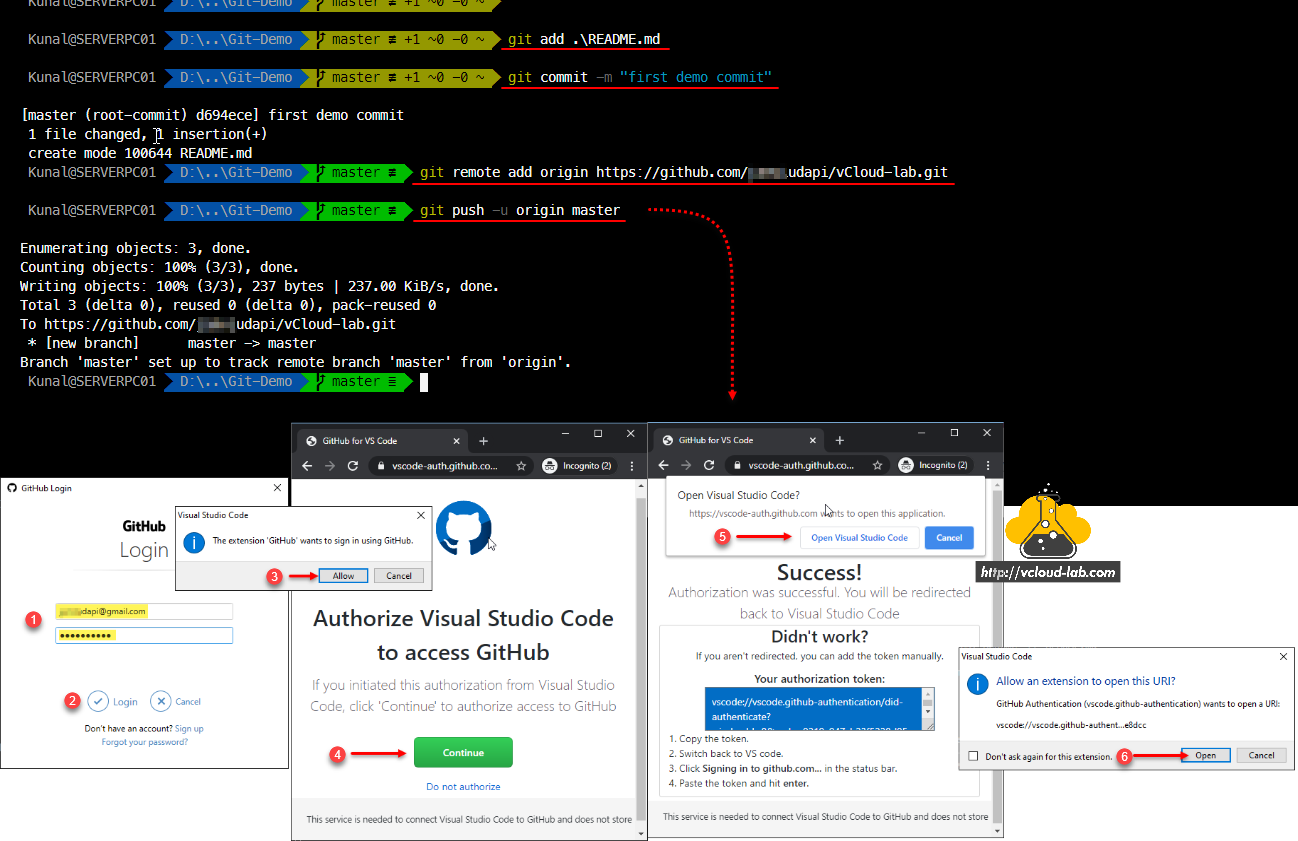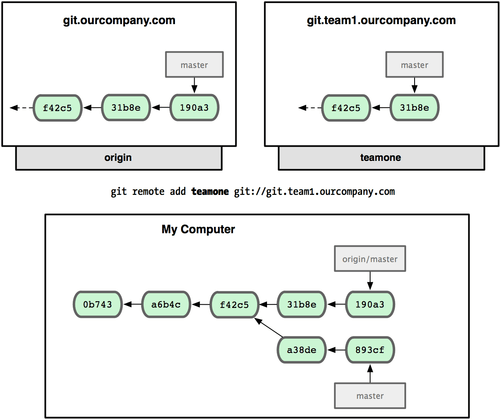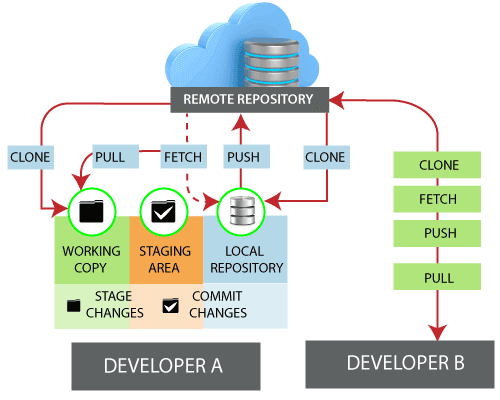
- #GIT ADD REMOTE PATH HOW TO#
- #GIT ADD REMOTE PATH INSTALL#
- #GIT ADD REMOTE PATH SOFTWARE#
- #GIT ADD REMOTE PATH CODE#
#GIT ADD REMOTE PATH INSTALL#

#GIT ADD REMOTE PATH SOFTWARE#
Installation: To get started you need the following software installed on your computer: Git and if you are new to R, then you also need to install R and RStudio. RStudio integrates support for git, hence we are going to use the widely used combination R + Git + RStudio. GitHub is a user-friendly webservice that allows you to store your project repository remotely. install.packages("devtools") devtools::install_github("username/packagename") (Development of R packages is more advanced in R, but is a well-structured way to keep your projects tidy see: R Packages by Hadley Wickham) And you can install development packages of others with two lines of code.
#GIT ADD REMOTE PATH CODE#
Git allows you to track and share your code and analysis. R in combination with the distributed version control system Git provides a convenient setup to make your research project reproducible. Clone/fork an existing project from GitHub.(The tutorial was originally created on GitHub and hosted here.)
#GIT ADD REMOTE PATH HOW TO#
It will just be a directory that contains files and possibly subdirectories, all of which contain your application.This tutorial in the context of the Reproducible Research Workshop provides you with the first steps on how to use Git with R and RStudio. You’ve already got a local directory if you’re needing to back it up to a remote repository. Add the remote repository details to your local repository then push all the local files to your remote repository.

Create a ‘bare’ git repository in your remote directory location.Create a local git repository on the local directory.Create your local version of the software in a local directory.So for posterity, here is how we set it up. We frequently use a small set of commands that the GUI can satisfy, but the initial setting up of the central repository is more complicated and needs some command line instructions. The command line can do everything, but the GUI can't. Now, Git has both a command line and a GUI interface. Whenever we have tested out some new functionality on a development version, we push it back to the central repository. There is heaps to Git, but the way we want to use it is to have the definitive version of the software on a backed up remote server, and have development version(s) of the software on development PCs. If you want to know lots about it, read the book.


It allows you to keep a definitive production version of your software while at the same time branching off other versions to do development, that can be merged back into the main version if required. Okay, I accept Git remote repositories is rather geeky article subject and may have limited appeal to non web software development people.īut this is something we have to do only occasionally and can never remember how to do it, so the article works as an aide memoire for us, in addition to providing you with an enlightening subject.įor context, Git is a brilliant software versioning system.


 0 kommentar(er)
0 kommentar(er)
